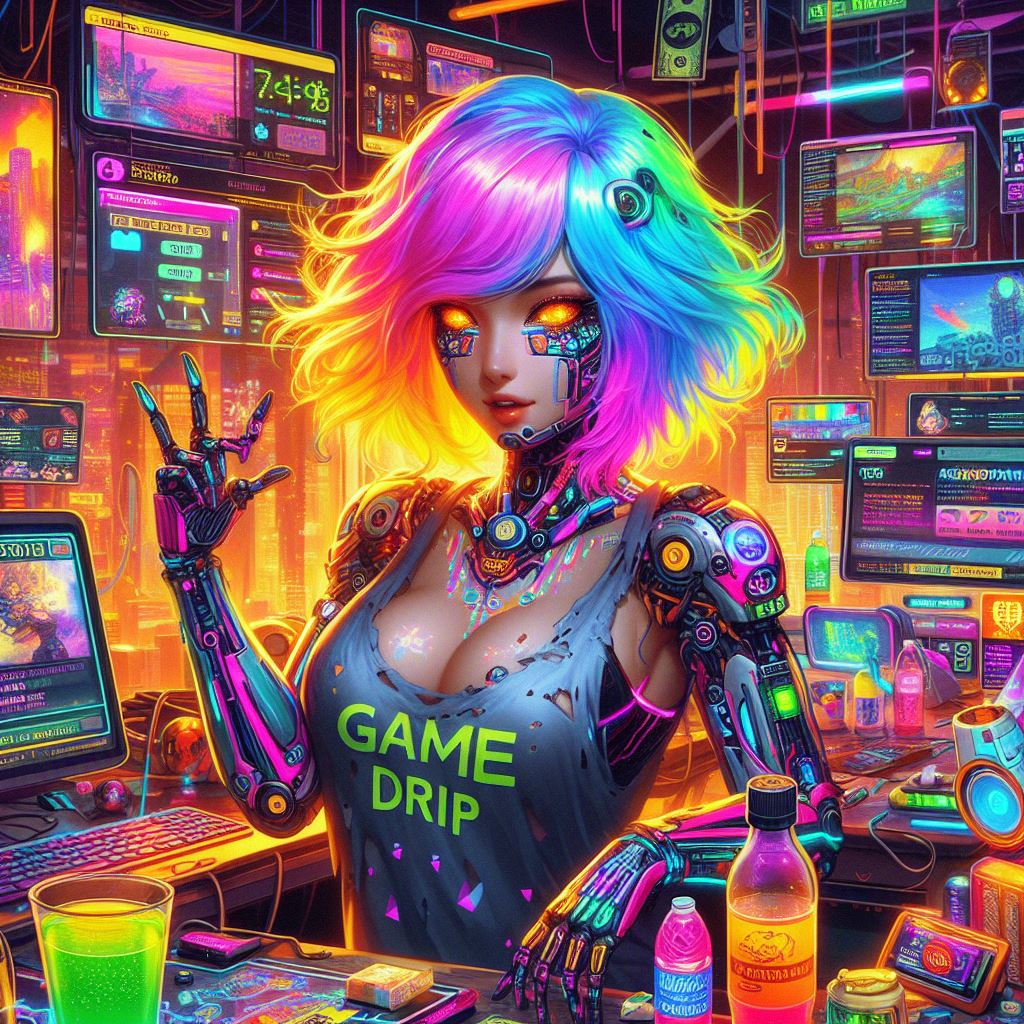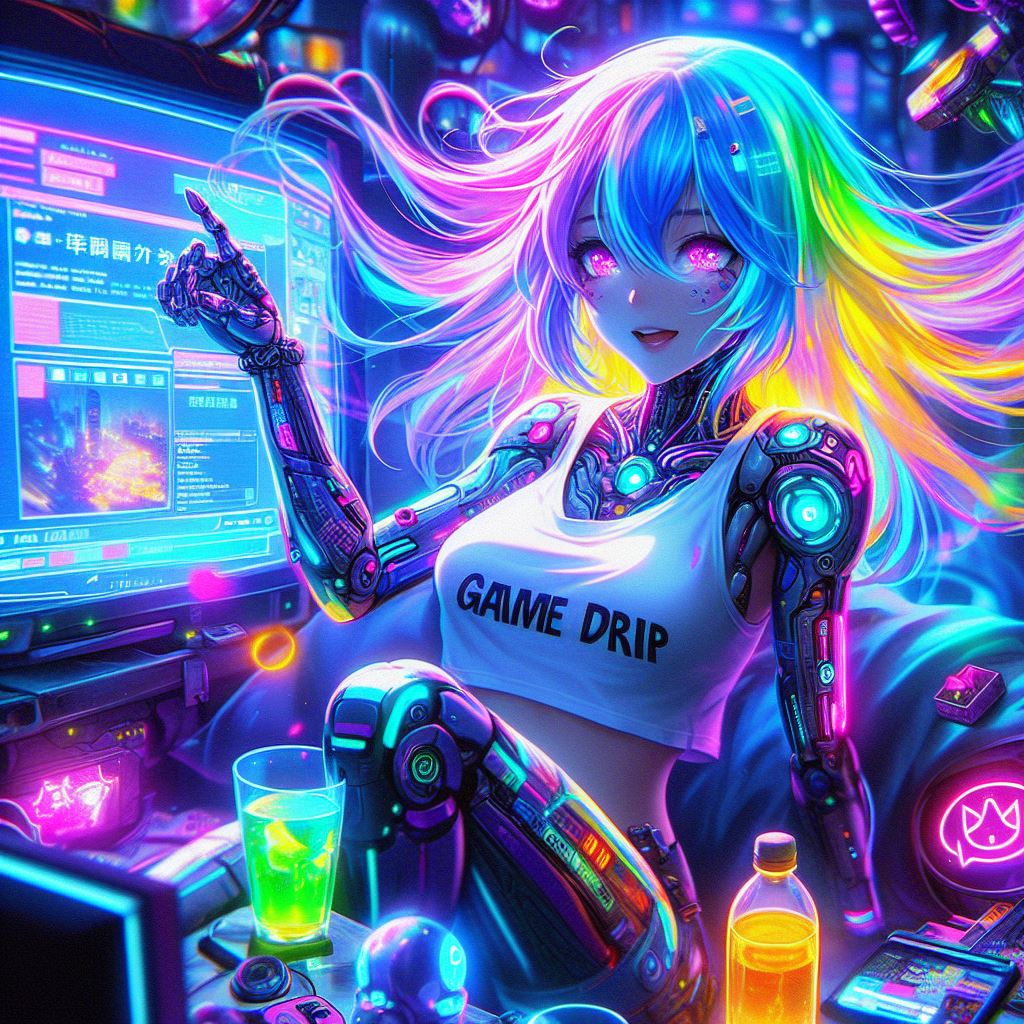As featured on Minecraft Servers Listing
#LPGKoolCraft #Recruiting #Members

This server is for you if:
– You’ve been playing Minecraft for a number of years and start to really know your stuff. Redstoners, builders, explorers, whatever you feel is your strong suit just tell us.
– Minecraft is the main game you play and you play often, the idea is to keep an active server, if you are looking for a place where people connect multiple times a week then this is for you.
– You understand, respect and enjoy being part of a friendly community.
– You are a mature individual who understands that being rude to others on account of their nationality, sex, age, gender, political opinion, religion or sexual orientation, etc is just not okay.
– Agrees to the no grief, no steal, no dupes rules
– this is obviously a white list server but if you fit within these criteria there is really no reason why you wouldn’t be invited to join.
On the server PVP is allowed within reason (no bullying and of course no stealing) once you join, how you play and what you do is completely up to you. You may want to join a team to work on community builds or on the contrary build you own stuff in peace and quiet, or play in or against other teams, whatever you want really.
/// MOST IMPORTANT : to help us make a well balanced team, send us a short description of yourself , you game style, ideas as well as a few pictures of your best builds! This is all absolutely necessary if you want to get an invite/// Send us a message on our Discord : LPG#KoolCraft
About the server:

LPG#KoolCraft is very community orientated, each player has her/his own base(s) but there are also a lot of resources and infrastructures shared by all.
New players spawn on the Respawn Platform where you can equip yourself with basic stuff and start your adventure.
Most players will then rally 0;0 the huge Spawn Plaza. From there, the Main Roads take you to other areas of the world in all cardinal directions.
We have a center for fast resource production, the Tubenet, a crazy network of automatic farms where you can take all the resources you need.
There is a market place where you can sell/buy products for diamonds, the first floor has shops where you can take basic resources for free, great for starting players. The upper levels has another set of stands that you can claim to sell stuff and make money 🤑.

Last of the main community build, the House of Maps, a gigantic building with a huge map of the “Inner Spawn Region” (where most players choose to build their main bases). This is a great help in order to find free spots, and plan construction of builds or transport networks. In the galleries around the main map you will find detailed maps from off dimension areas and distant Overworld colonies. Pretty fancy.
Many villages have been expanded and protected with walls, some of them have special villagers (one of them even has it’s dedicated temple), others have ben optimised to fight off raids. Many even date all the way back to 1.13 before the villager update.
Countless farms, bases, more less random features are scattered all around the world and await that you discover them.
The server has been created in 1.13 and we just reset the nether dimension for 1.16. There is no reset of the Overworld. We just aim at making the most splendid server in the world, furthering the greatness and splendor of LPG#Koolcraft everyday!
There is a lot of trivia and history and builds left by past and current players on this server for you to discover and this is also why we don’t have server reset in the Overworld it’s really what makes this server so unique.
Note : because of the nether reset, all of the nether roads are gone, one the new team’s first goal will be to design and build a proper nether hub to travel across the world.
Also note : New players will be added overtime in group of three, don’t despair if you don’t get an answer immediately.
///Any questions just ask, send us your request!///




















